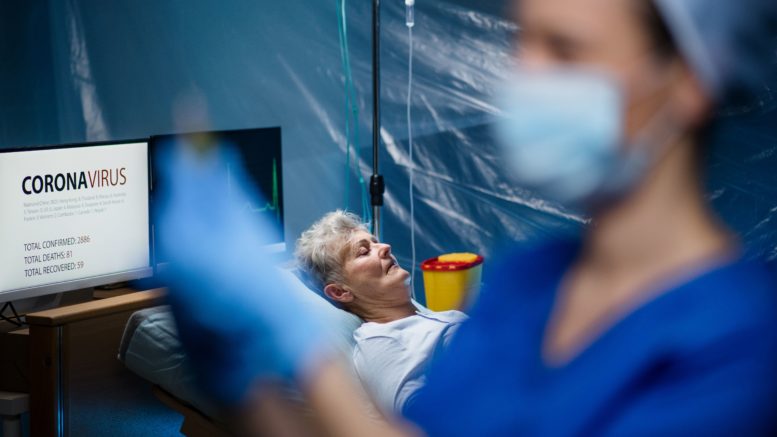This study by Bellan, et al. (2021) among patients in Italy suggests that despite virological recovery, a sizable proportion of patients with COVID-19 experienced respiratory, functional or psychological conditions months after hospital discharge.
The researchers sought to evaluate the prevalence of lung function anomalies, exercise function impairment, and psychological sequelae among patients hospitalized for COVID-19, four months after discharge. This prospective cohort study at an academic hospital in Northern Italy was conducted among a consecutive series of patients aged 18 years and older (or their caregivers) who had received a confirmed diagnosis of severe acute respiratory coronavirus 2 (SARS-CoV-2) infection severe enough to require hospital admission from March 1 to June 29, 2020. SARS-CoV-2 infection was confirmed via reverse transcription–polymerase chain reaction testing, bronchial swab, serological testing, or suggestive computed tomography results.
The primary outcome of the study was to describe the proportion of patients with a diffusing lung capacity for carbon monoxide (Dlco) less than 80% of expected value. Secondary outcomes included proportion of patients with severe lung function impairment (defined as Dlco <60% expected value); proportion of patients with posttraumatic stress symptoms (measured using the Impact of Event Scale–Revised total score); proportion of patients with functional impairment (assessed using the Short Physical Performance Battery [SPPB] score and 2-minute walking test); and identification of factors associated with Dlco reduction and psychological or functional sequelae.
Among 767 patients hospitalized for severe COVID-19, 494 (64.4%) refused to participate, and 35 (4.6%) died during follow-up. A total of 238 patients (31.0%) (median [interquartile range] age, 61 [50-71] years; 142 [59.7%] men; median [interquartile range] comorbidities, 2 [1-3]) consented to participate to the study. Of these, 219 patients were able to complete both pulmonary function tests and Dlco measurement. Dlco was reduced to less than 80% of the estimated value in 113 patients (51.6%) and less than 60% in 34 patients (15.5%). The SPPB score was suggested limited mobility (score <11) in 53 patients (22.3%). Patients with SPPB scores within reference range underwent a 2-minute walk test, which was outside reference ranges of expected performance for age and sex in 75 patients (40.5%); thus, a total of 128 patients (53.8%) had functional impairment. Posttraumatic stress symptoms were reported in a total of 41 patients (17.2%).
Reference: Bellan M, et al. Respiratory and Psychophysical Sequelae Among Patients With COVID-19 Four Months After Hospital Discharge . JAMA Netw Open. 2021;4(1):e2036142. doi:10.1001/jamanetworkopen.2020.36142

Be the first to comment on "Respiratory and Psychophysical Sequelae Among Patients With COVID-19 Four Months After Hospital Discharge"